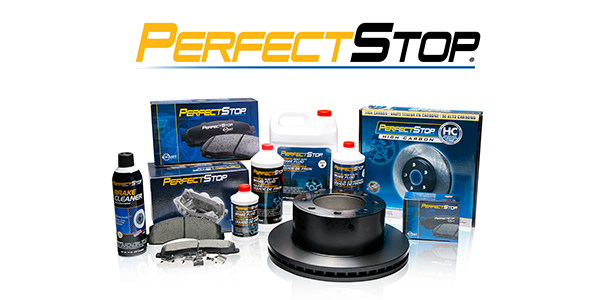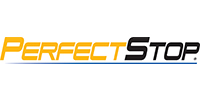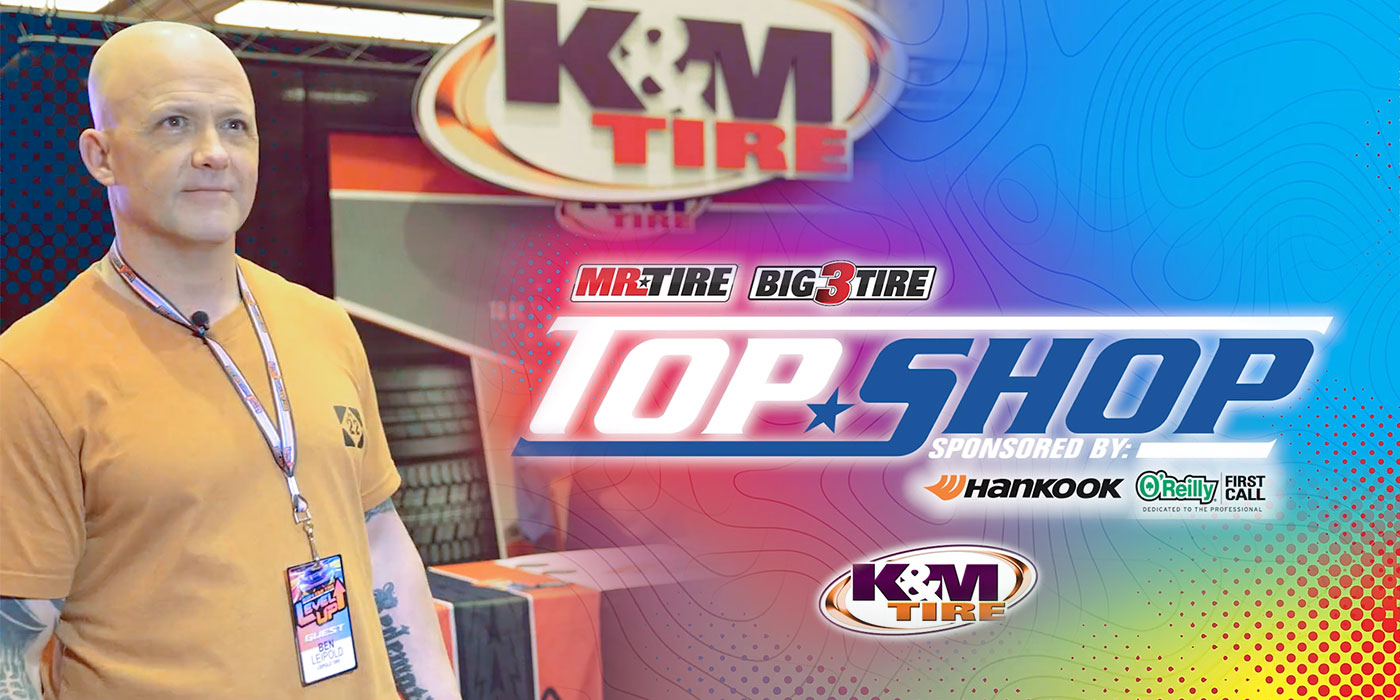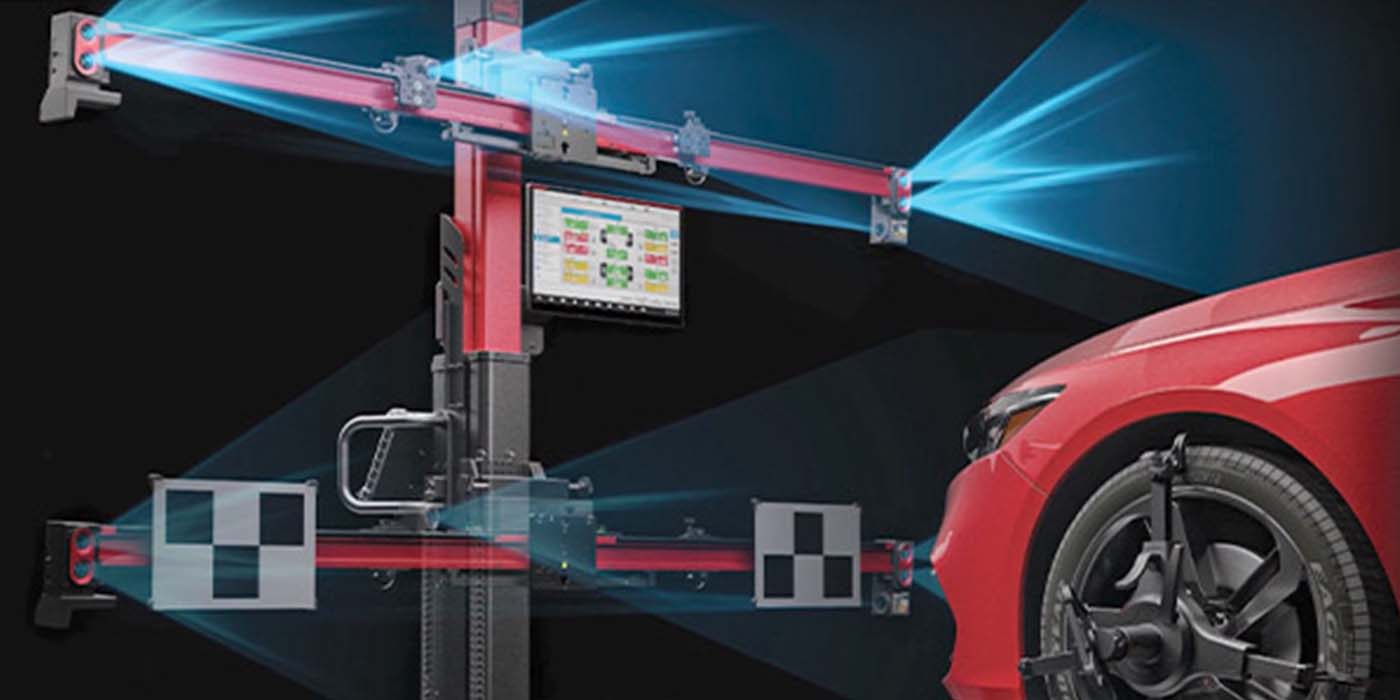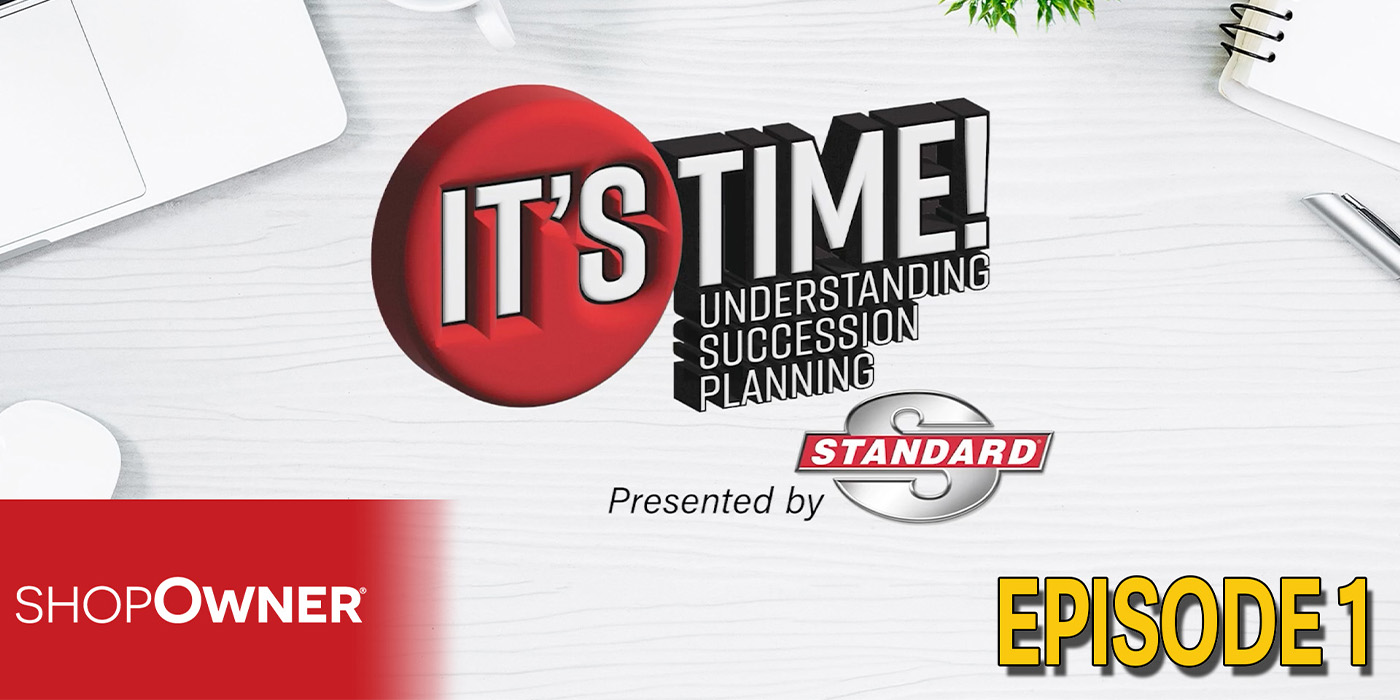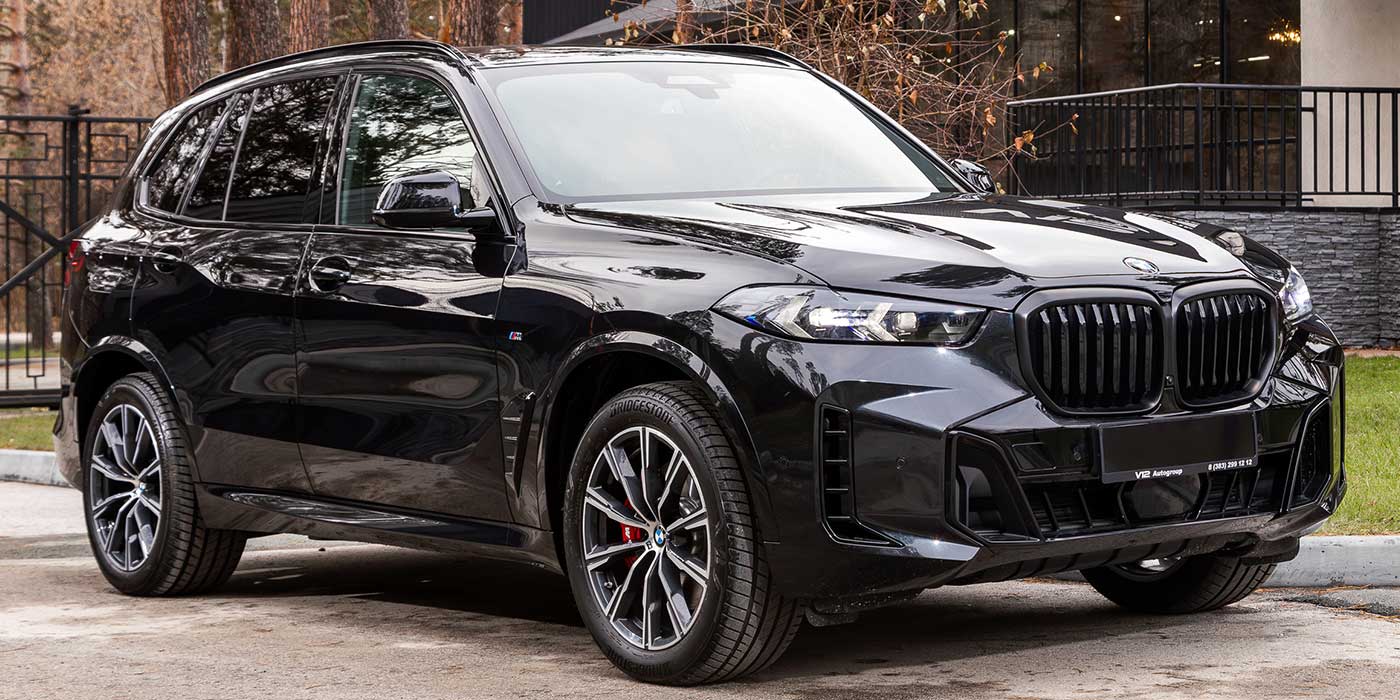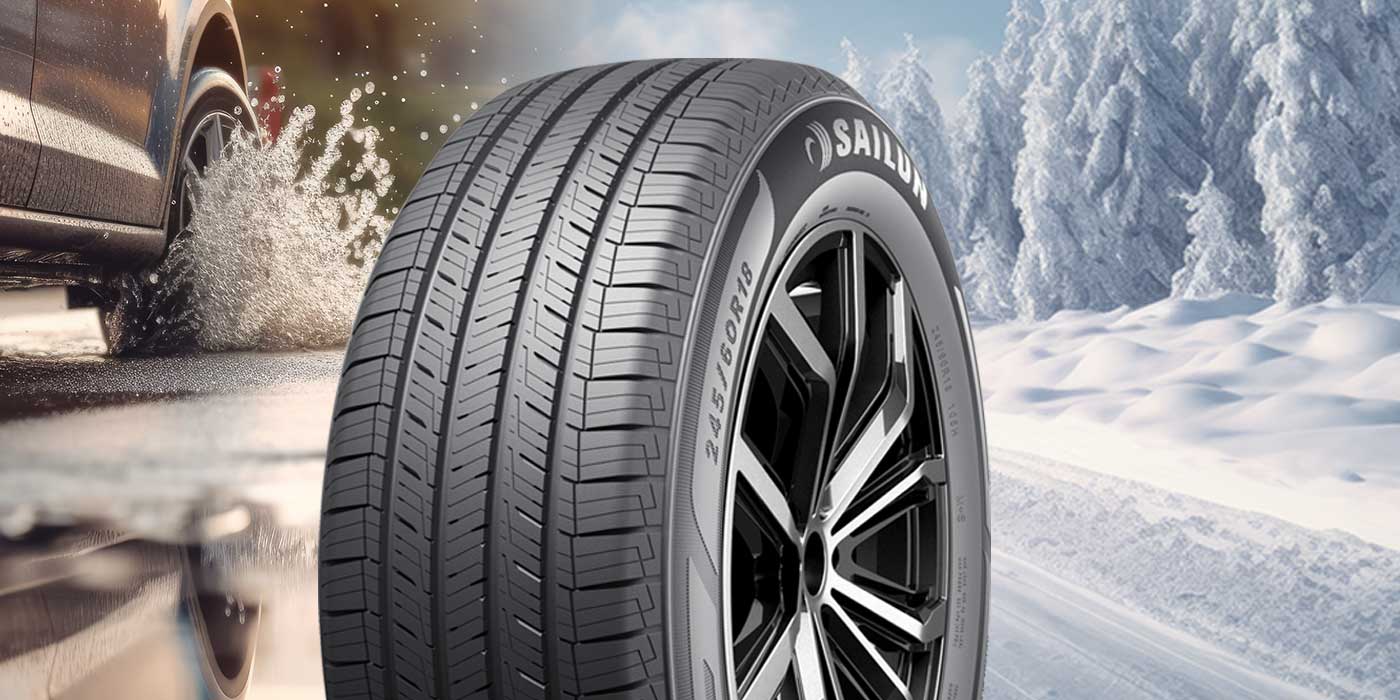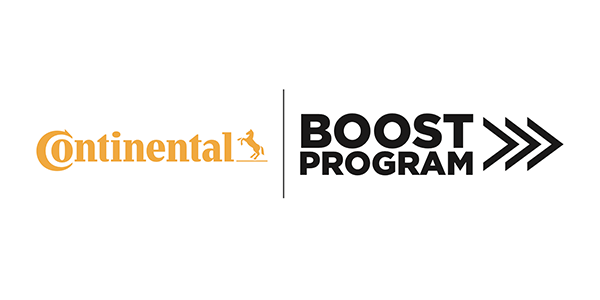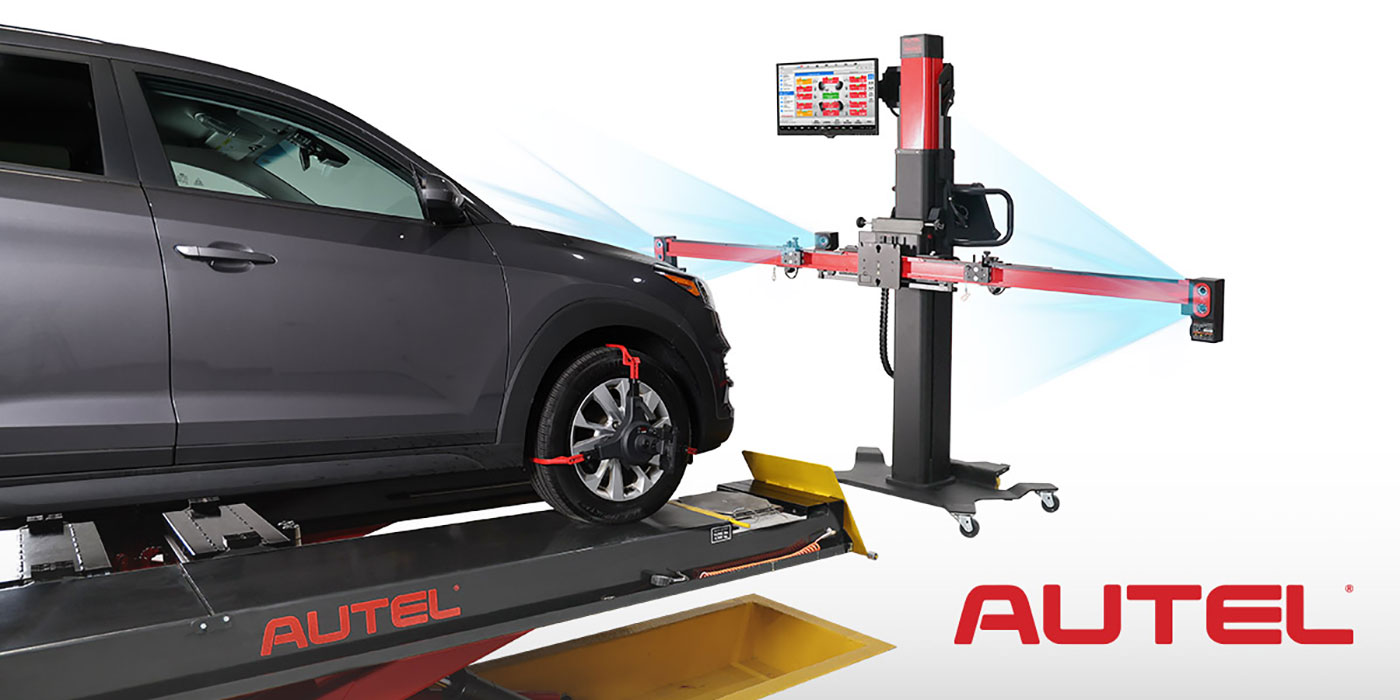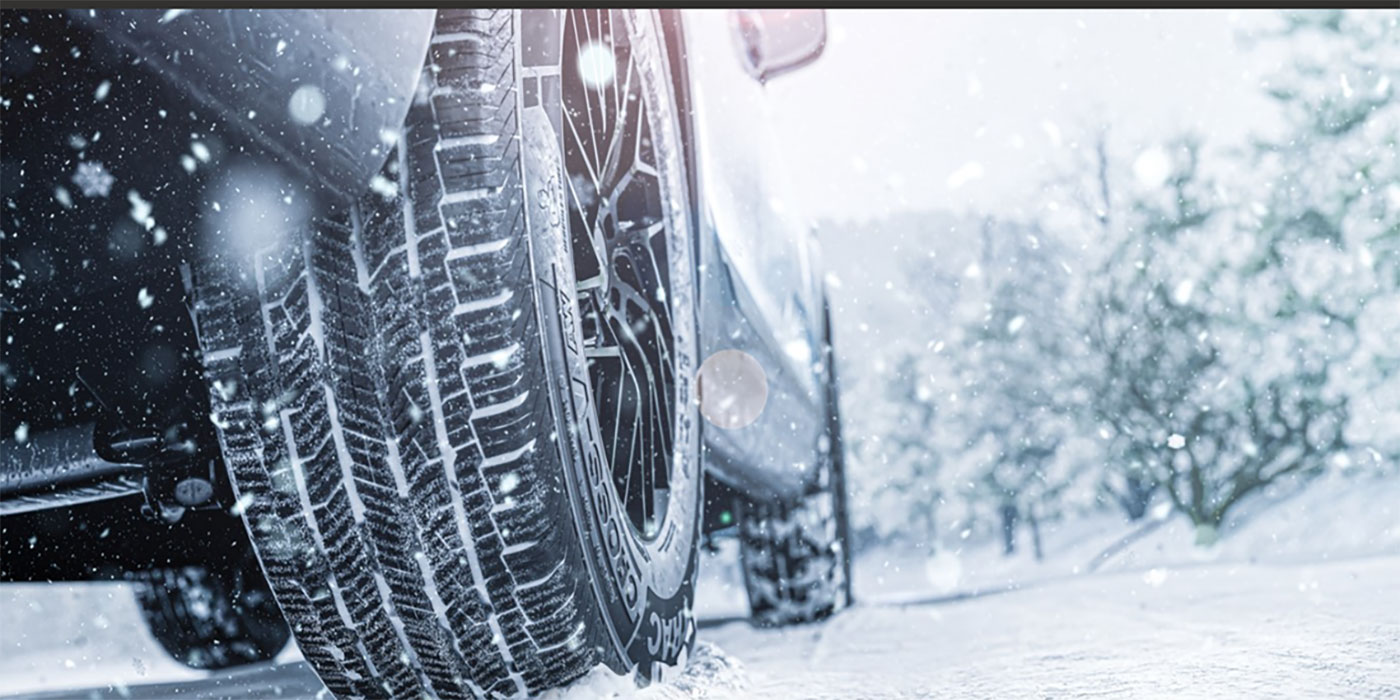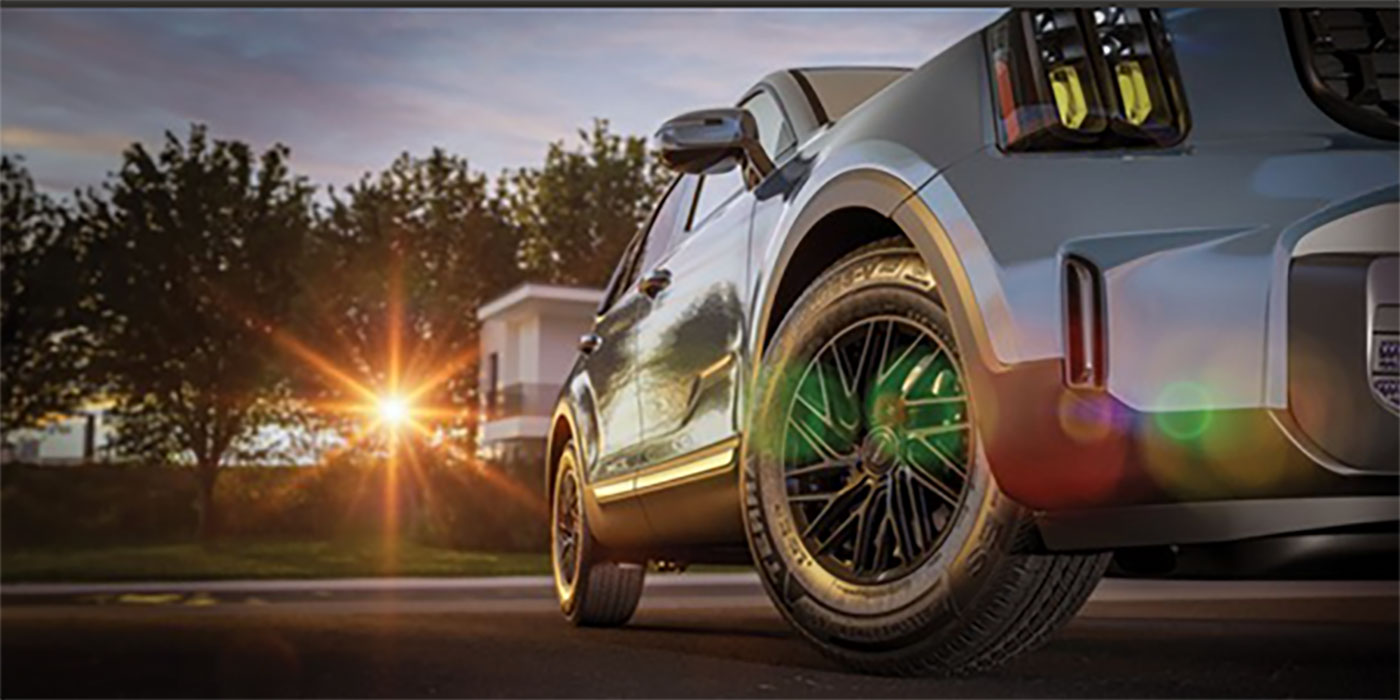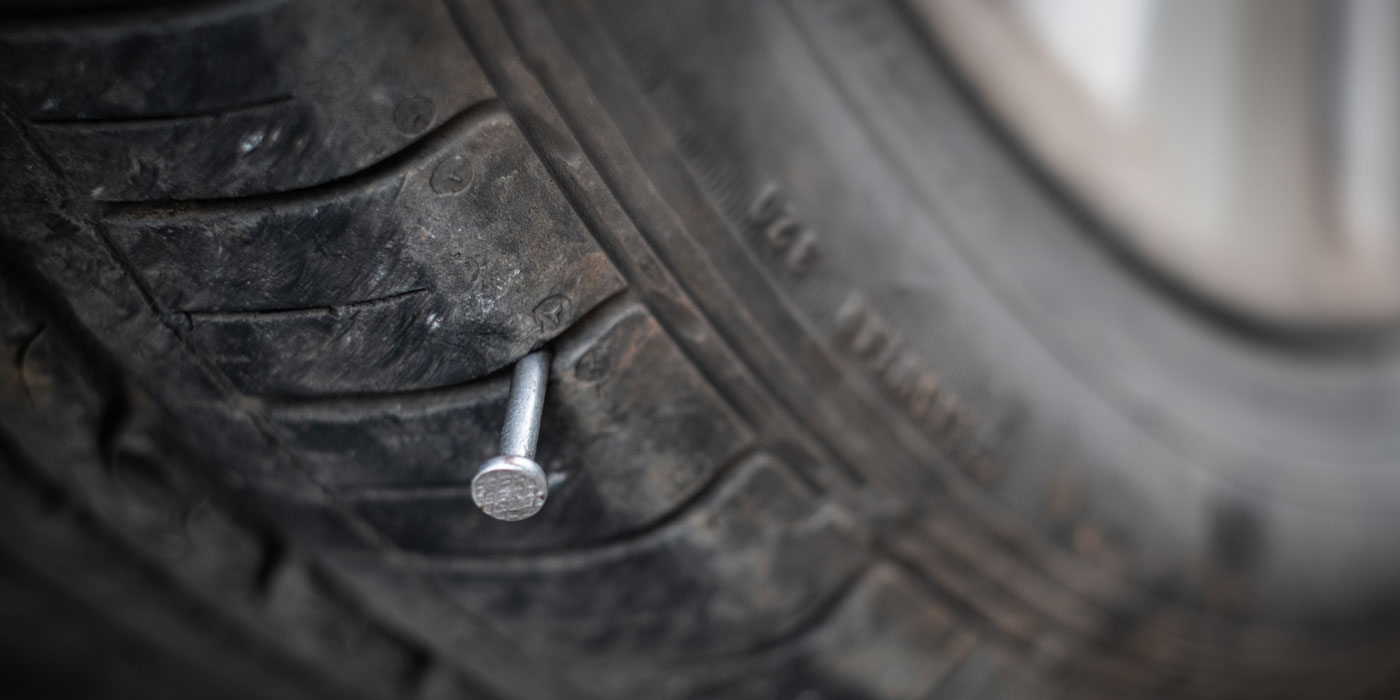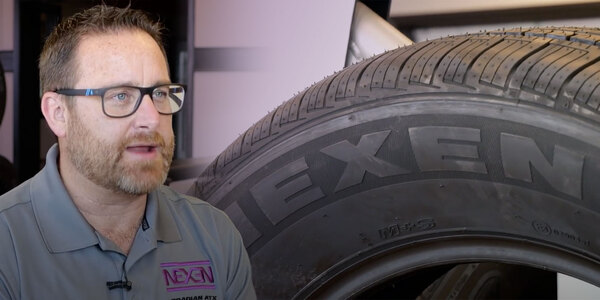It’s no secret that properly maintaining a vehicle’s braking system will yield positive results: a more fuel-efficient vehicle, a smoother-operating machine and deliver more comfort to the driver. However, there are some myths about brake pad service floating around in the industry that simply aren’t true.
And, we’re here to debunk them. So, put on your myth-busting helmet and let’s dive in.
Myth #1: More lubricant can solve brake noise.
Untrue. If you think the extra lubricant will prevent a customer from coming back complaining about brake noise, it could have the opposite effect. As the lubricant hardens and attracts debris, it could be planting the seeds of a dissatisfied customer. In fact, excess lubricant can melt and some chemicals can flash off. The melting lubricant can find its way onto the pads causing a judder problem and longer stopping distances. As the lube hardens over time, it turns to a concrete-like substance that causes slides and calipers to stick. If excessive lubricant finds its way onto the caliper piston’s boot, the lubricant will attract metal particles that can destroy the rubber.
Truly, only a thin layer of brake lubricant is needed. Apply lubricant on caliper pins, clips and edges of the brake pad mounting tabs, or the ear of the brake pad.
Myth #2: If you leave off the brake hardware, you’re going to get better mileage and less drag on the brake pads.
Actually the opposite is true. Brake pads last longer if you replace the hardware and resurface the rotor with the correct finish. In addition, brake pad hardware helps pull the brake pad away from the rotor after a driver presses on the brakes. The hardware is also designed to resist corrosion. Without it, the brake pad could get lodged in the abutment clip.
Hardware is cheap insurance that the customer will get the full life of the brake pads by letting the pad wear evenly to the minimum wear specification. It is also insurance against noise complaints. As a rule of thumb, install new brake hardware each time you install new pads.
Myth #3: All brake pad sensor systems are the same.
Not true. Brake pad sensors have been around for over 40 years and their configurations are diverse. Most systems simply warn drivers and shops about low brake pad material. However, some systems use a two-stage sensor that can actually estimate how many miles a brake pad has left. Others use a four-wheel brake pad sensor set-up to monitor all four corners of the brakes.
Because wear sensors are different, take the time to make sure the system is working before returning the car or truck to the customer. Never reuse a wear sensor. Over time, vibration and heat can break down the terminals and seals in the sensor. The connection could fail soon after your customer has had the brake serviced. These could be uncomfortable conversations to have.
In addition, look up the service procedure for the electric parking brake. Some late-model brake systems use sensors to estimate brake pad life. Not resetting the system could cause a comeback. Plus, it is one more item to include on the estimate.
Myth #4: A hard brake pedal is the fault of the brake pad.
Well, sort of. It’s usually an issue with the friction material, which is on the brake pad. A hard brake pedal is usually a sign that the friction material used on the last brake job is too aggressive and the wrong formulation for the vehicle, which changed the brake pedal feel.
If the wrong friction material is used, it’s going to counteract the correct fit of the booster and master cylinder and both calipers.
Brake pedal feel is a big deal for your customers. If the brake pedal feels too hard, soft or has excessive travel, it is also a safety concern for the customer. For you, it is a comeback. If you don’t take the time to go on a test drive after the brake job, you could be setting yourself up for a comeback if the pedal has changed in overall feel.
You should use a high quality brake pad that matches the vehicle OEM specification. This way, you’ll know that when their car leaves the shop, its brake pedal feel will be like it was when it was brand new.
This article is sponsored by Perfect Stop.

